The Boston Fern (Nephrolepis exaltata) remains a timeless favourite among indoor plant lovers, thanks to its elegant, arching fronds and natural air-purifying qualities. But if you’ve recently noticed your Boston Fern dropping leaves, especially while nestled comfortably in your air-conditioned living room or heated bedroom, you’re not alone. In today’s climate-controlled homes, where temperature and humidity are often artificially managed, these beautiful ferns can show signs of stress that lead to browning, crisping, or shedding of foliage.
In this article, we’ll explore why Boston Fern drop leaves indoors, particularly in 2025’s smart homes, and what you can do to fix the issue while keeping your lush green friend thriving year-round.
Also Read- Top Companion Plants To Grow With Money Plant For A Lush Indoor Jungle
1. Understanding Your Fern’s Native Habitat
Before diving into solutions, it’s helpful to remember where Boston Ferns come from. These ferns are native to tropical and subtropical regions, where they enjoy warm, humid, and shaded environments with consistent moisture. When you place them in a room with central heating, dry winter air, or cold air conditioning, it’s a huge shift from their natural habitat.
So, the goal of Boston Fern care indoors is mimicking that warm, humid, and filtered-light environment—even inside your 2025 tech-enhanced home.
2. Cause #1: Low Humidity from Air Conditioning or Heating
Climate-controlled homes, especially those using air conditioning and central heating, often suffer from extremely low humidity. This is the number one reason for leaf drop and browning in Boston Ferns. These ferns require 40–60% humidity for optimal growth, but indoor air in air-conditioned rooms can dip below 30%.
Solution:
- Place a humidifier nearby or use group planting to increase moisture in the air.
- Mist your fern regularly (preferably in the morning).
- Try placing the pot on a pebble tray filled with water, keeping the base above the waterline.
- Avoid placing your fern near heating vents or cold drafts.
Also Read- 5 Best Indoor Plants for Small Spaces: Table Top Friendly Choices
3. Cause #2: Sudden Temperature Fluctuations
Smart thermostats can sometimes cause temperature spikes or drops as they auto-regulate your environment throughout the day. Sudden fluctuations can stress ferns, leading to yellowing or premature leaf drop.
Solution:
- Keep the temperature stable between 16°C to 24°C (60°F–75°F).
- Avoid placing the fern close to radiators, AC units, or open windows during seasonal transitions.
4. Cause #3: Overwatering or Underwatering
Boston Ferns prefer evenly moist soil—not soggy and not bone-dry. However, with busy schedules and less visible root systems in decorative pots, watering mistakes are common.
Signs of overwatering: Yellow leaves, soggy soil, and mouldy smell.
Signs of underwatering: Crispy brown fronds, soil pulling away from the edges, rapid leaf loss.
Solution:
- Use a moisture meter or test with your finger—water when the top inch feels slightly dry.
- Ensure the pot has proper drainage holes.
- Reduce watering slightly in winter when growth slows.
Also Read- How To Use Indoor Plants To Reduce Noise Pollution: Natural Ways To Create a Quieter Home
5. Cause #4: Insufficient or Harsh Lighting
While Boston Ferns love bright, indirect light, they can suffer in dark corners or under harsh, direct rays that come through untreated windows.
Solution:
- Place your fern near an east-facing or north-facing window.
- If your home lacks natural light, consider LED grow lights set on a 12-hour cycle.
- Avoid placing the plant in direct afternoon sun, which can scorch the leaves.
6. Cause #5: Nutrient Deficiency
In a pot, ferns rely entirely on you for their nutrients. Over time, soil can become depleted, leading to slow growth and leaf yellowing or drop.
Solution:
- Feed your fern with a balanced liquid fertiliser (like 10-10-10) once a month during growing season (spring and summer).
- Avoid over-fertilising, which can lead to salt buildup—flush the soil occasionally with plain water.
7. Cause #6: Rootbound Ferns
Boston Ferns are fast growers. If they’ve been in the same pot for a while, roots may outgrow the container, limiting their ability to absorb water and nutrients—causing stress and leaf loss.
Solution:
- Check if roots are circling the pot or emerging from drainage holes.
- Repot into a container 1–2 inches larger with fresh, well-draining peat-based soil.
8. Cause #7: Poor Air Circulation
While humidity is vital, so is airflow. A fern sitting in stagnant air in a tightly sealed room may develop fungal issues or mould that stress the plant.
Solution:
- Occasionally move the plant to a spot with gentle airflow.
- Run a fan nearby (but not directly on the plant) to increase circulation.
Also Read- 6 Amazing Air-Purifying Plants For A Healthier Home
9. Quick Recap: 2025 Indoor Checklist for Healthy Boston Ferns
- Humidity: 40–60% (use a humidifier or pebble tray)
- Water: Keep soil consistently moist, not soggy
- Temperature: Maintain 16–24°C (avoid drafts or heat)
- Light: Bright, indirect light or LED grow lights
- Fertiliser: Monthly feeding during active seasons
- Repot: Every 1–2 years or when rootbound
Conclusion: Keep Calm and Fern On
In 2025’s modern homes, filled with digital climate control, smart air purifiers, and automated lighting, it’s easy to assume your plant care should also be hands-off. But the Boston Fern still craves a touch of the wild—humid air, dappled light, and regular attention. If your fern is shedding leaves, it’s simply calling for a few adjustments.
By understanding and responding to the unique conditions of your home, you can stop leaf drop in its tracks and restore your Boston Fern’s full, lush beauty. After all, nothing brightens a room like a thriving, feathery fern cascading with health and greenery.


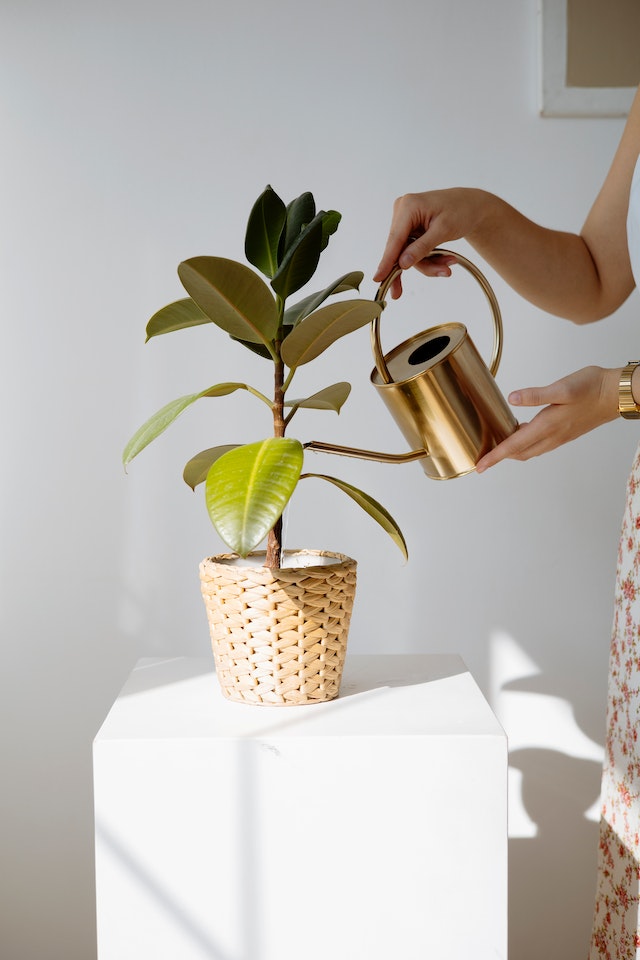
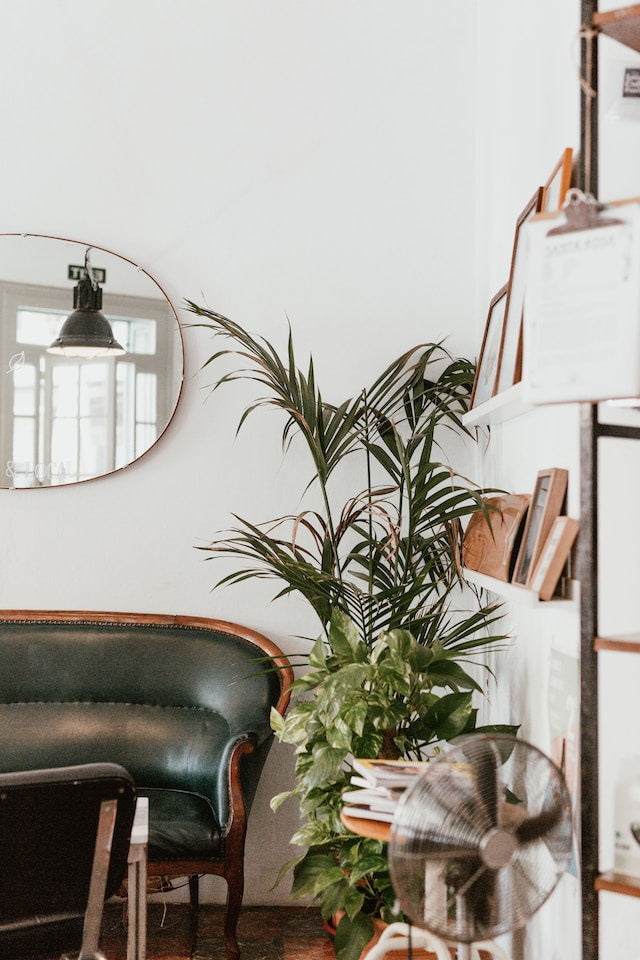
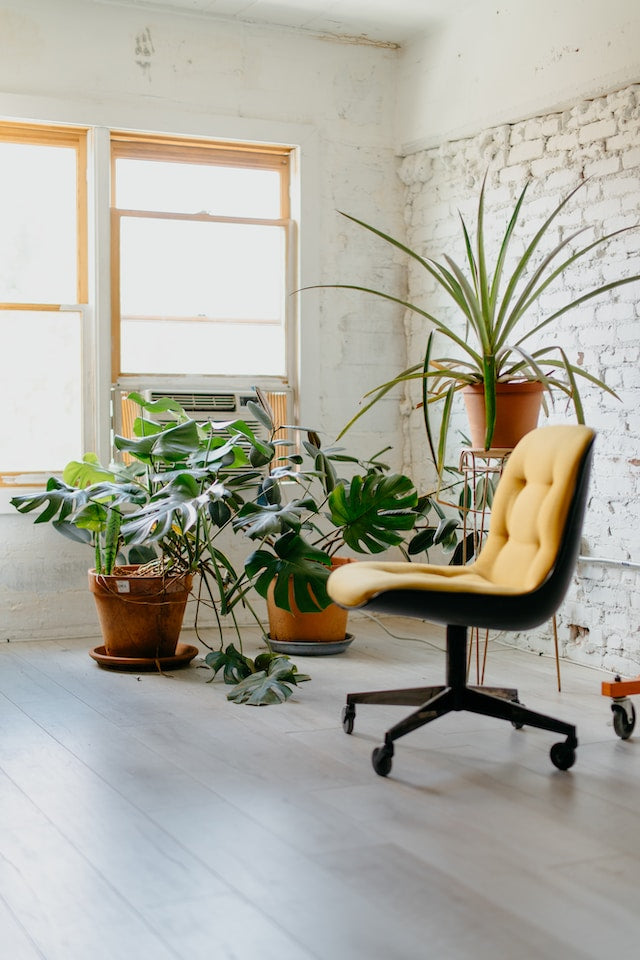
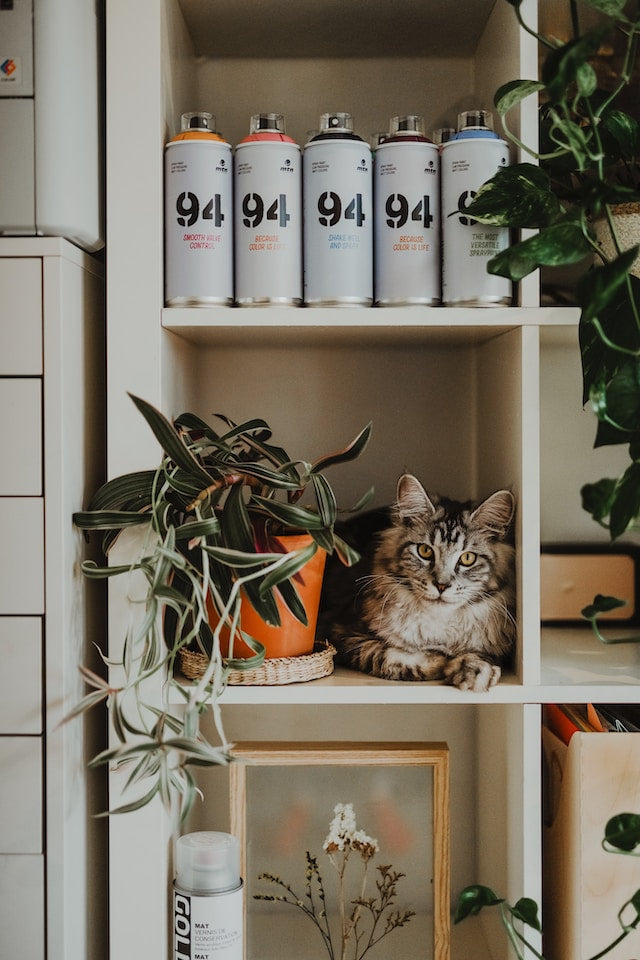
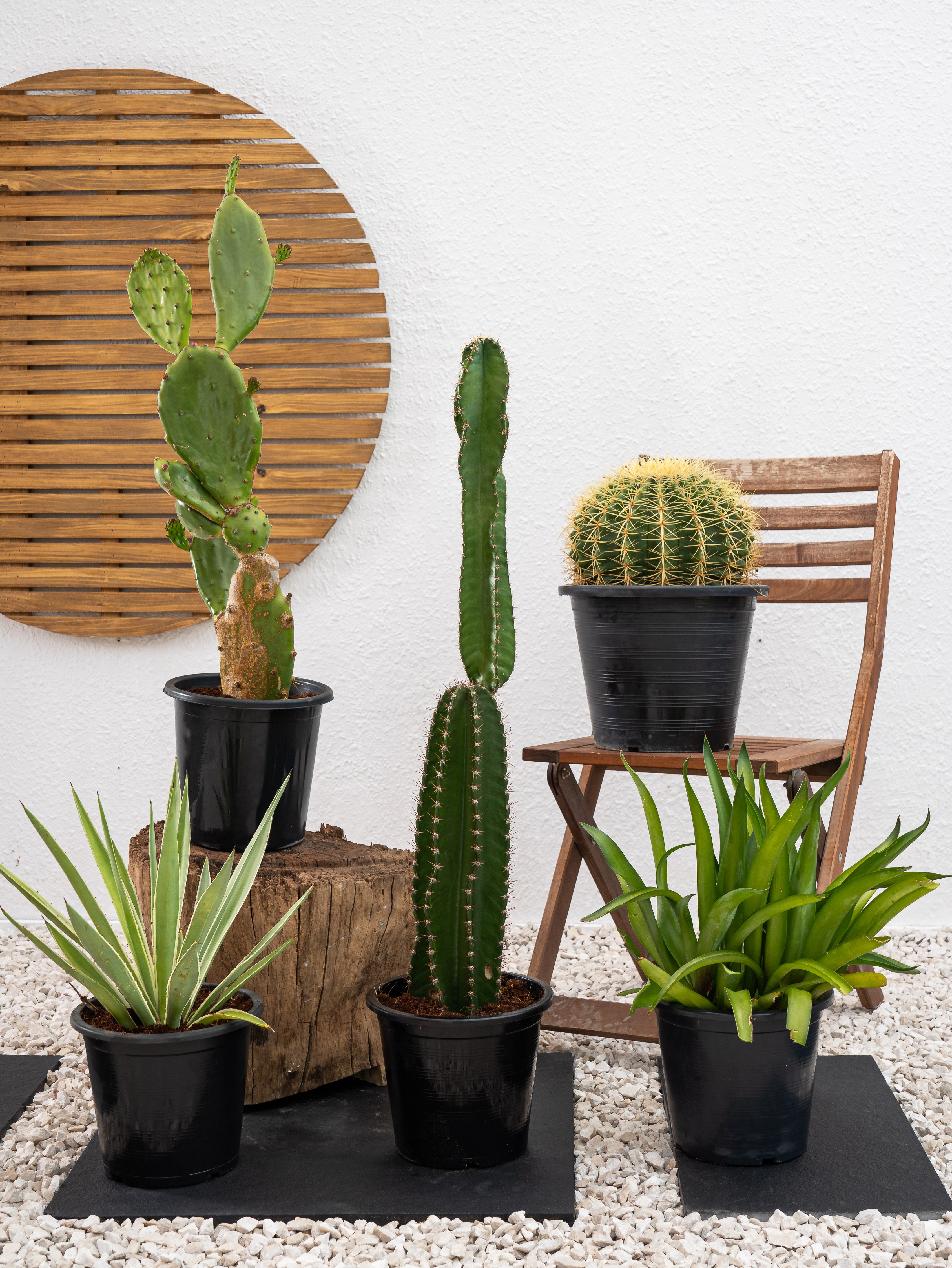

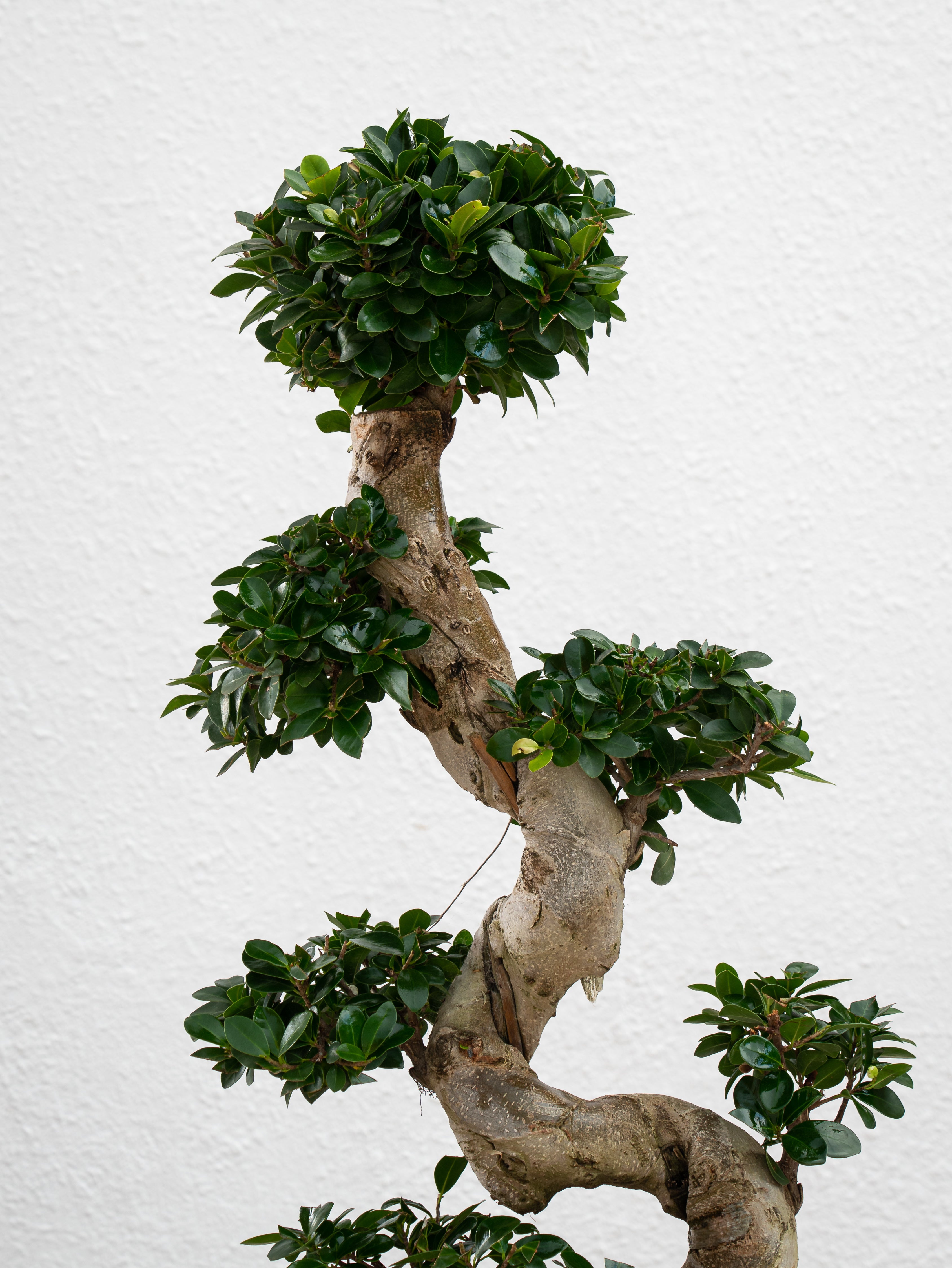
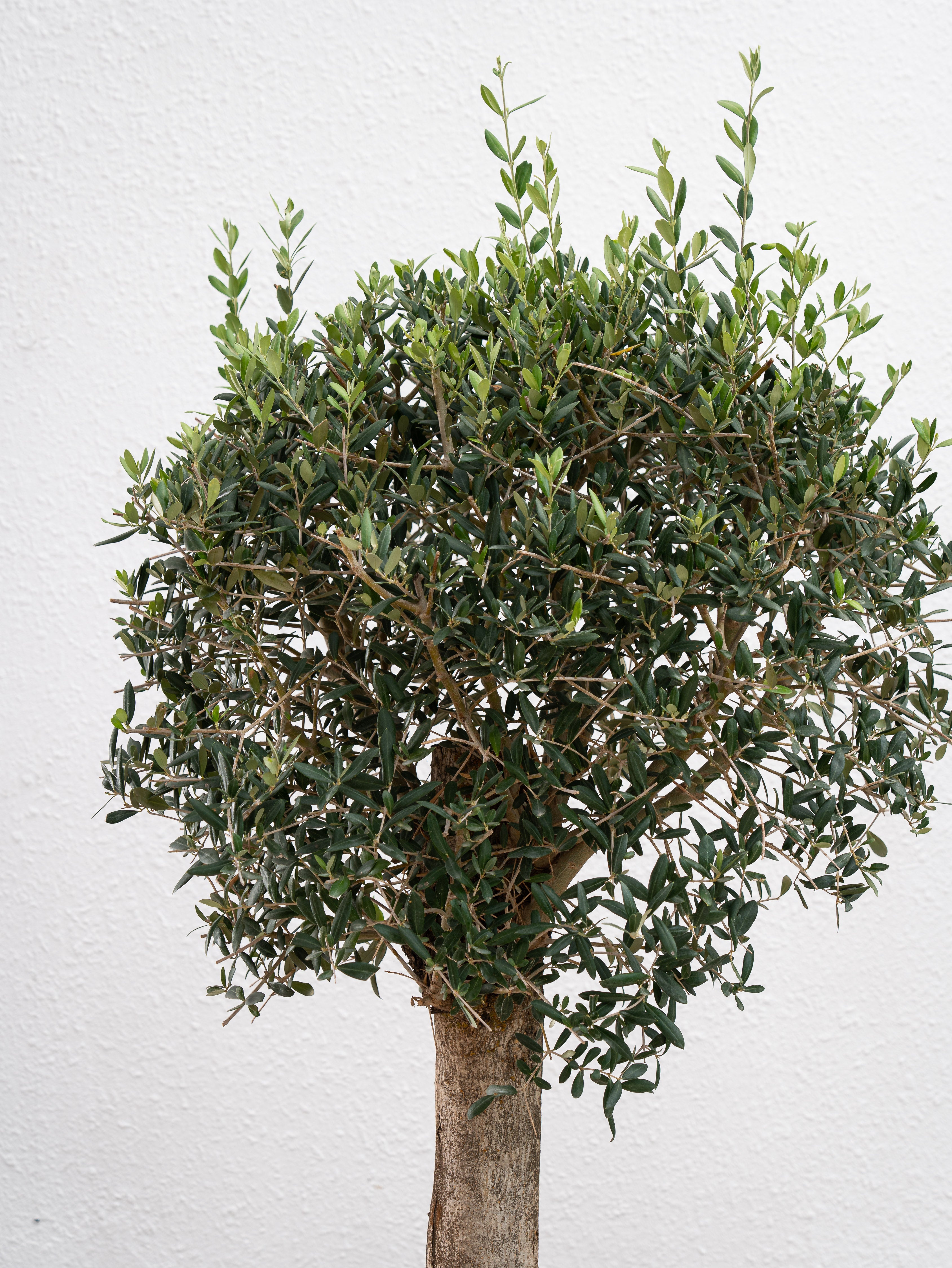
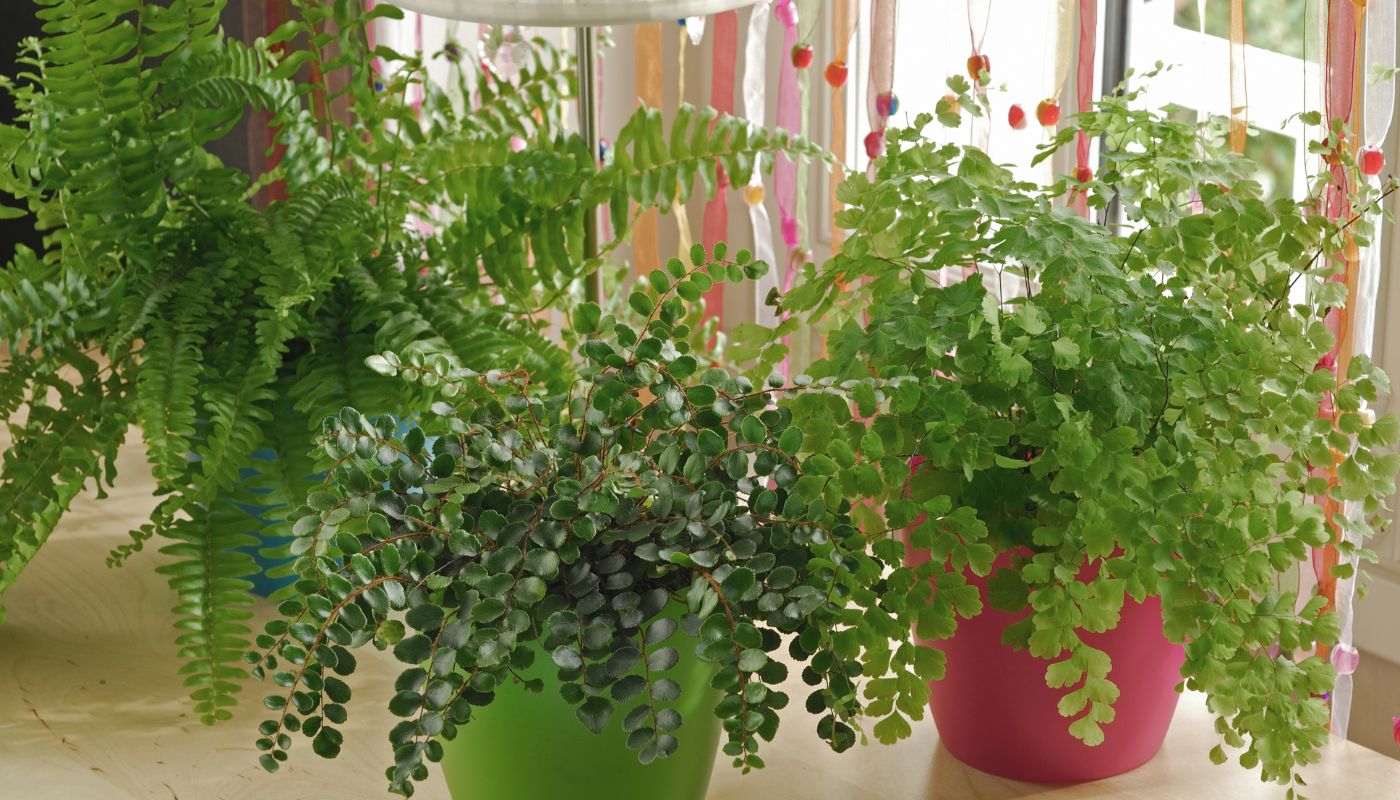
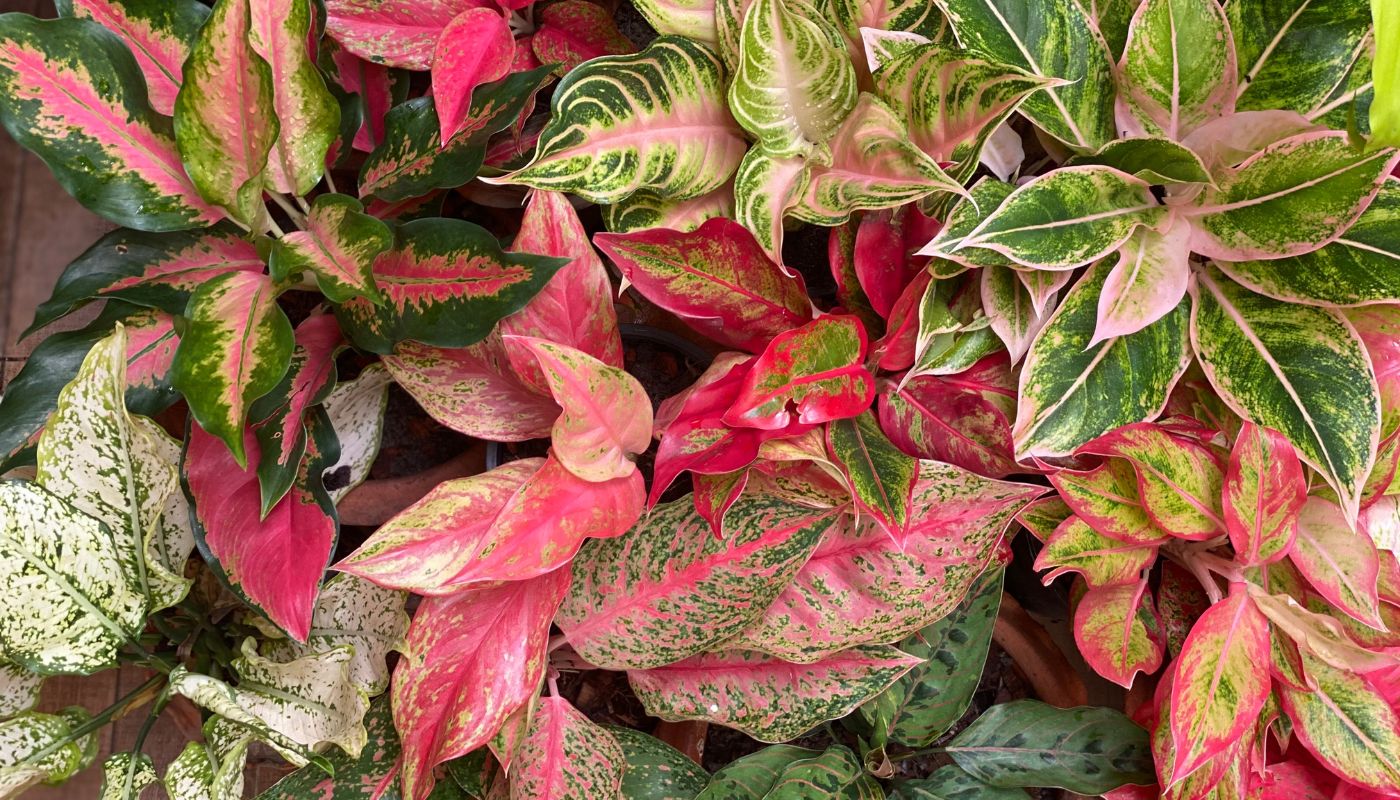
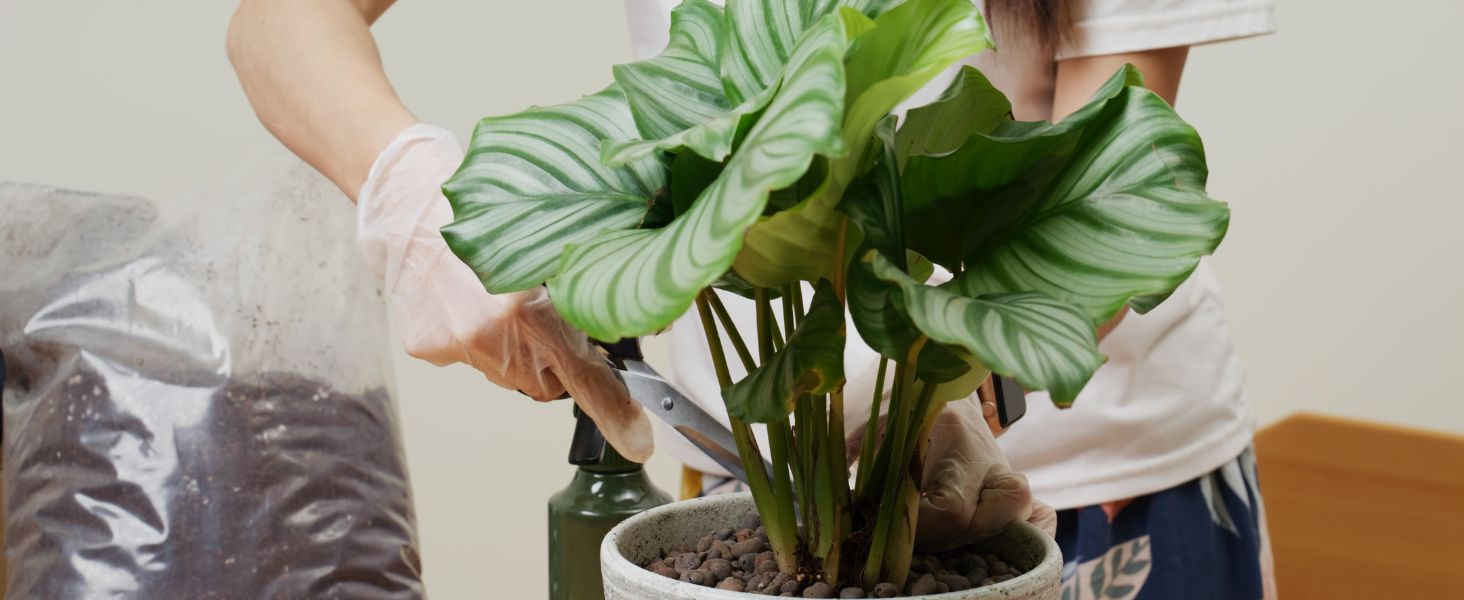
Leave a comment
This site is protected by hCaptcha and the hCaptcha Privacy Policy and Terms of Service apply.